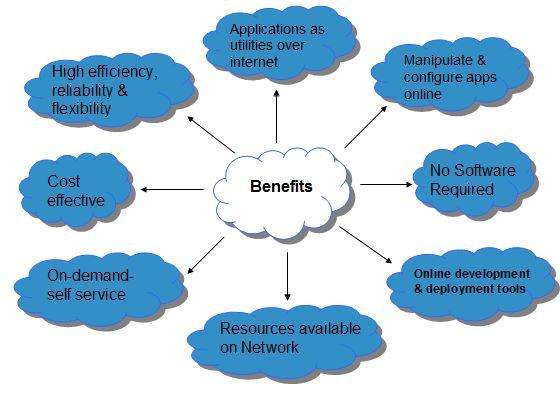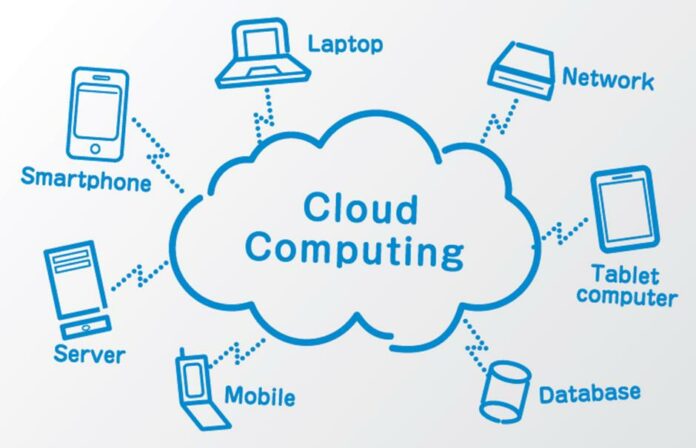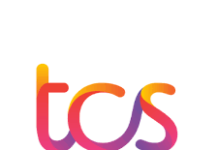Despite the growing presence of cloud computing and how its works.
Introduction to Cloud Computing
Cloud Computing is the delivery of computing services such as servers, storage, databases, networking, software, analytics, intelligence over the Cloud(Internet). Cloud Computing refers to manipulating, configuring, and accessing the hardware and software resources remotely. It offers online data storage, infrastructure, and application.
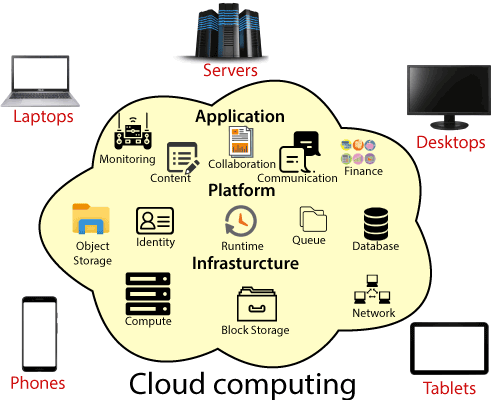
Types of Cloud Computing
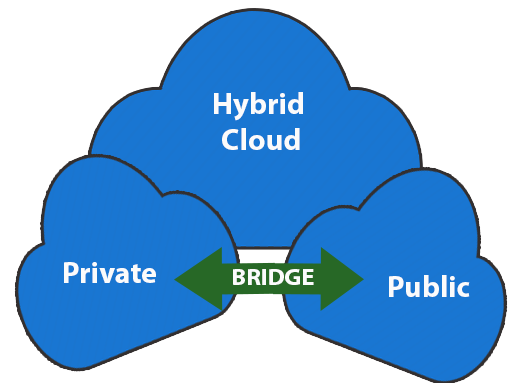
1. Public Cloud
The cloud provider offers a public cloud environment model through the internet on a pay-per-use basis for multiple businesses. It is advantageous due to (its easy scalability, cost-effectiveness, easy management, no geographical restrictions and high reliability). Google, Amazon, and Microsoft are some examples of a public cloud.
2. Private Cloud
An enterprise can own and host a private cloud environment. A private cloud limits access to the in-house team resulting in a more controlled, secure, and centralized environment for IT resources. It can be managed by a service provider or by an in-house team.
It is suitable for larger businesses seeking a higher safety, security, and privacy level. It allows customization in the storage, computing, and networking areas according to the organization’s IT requirements.
3. Hybrid Cloud
A hybrid cloud environment model is a combination of a private and public cloud environment model.The hybrid cloud model is one of the most scalable, flexible, and cost-effective environments, along with enhanced security.
Types of Cloud Services
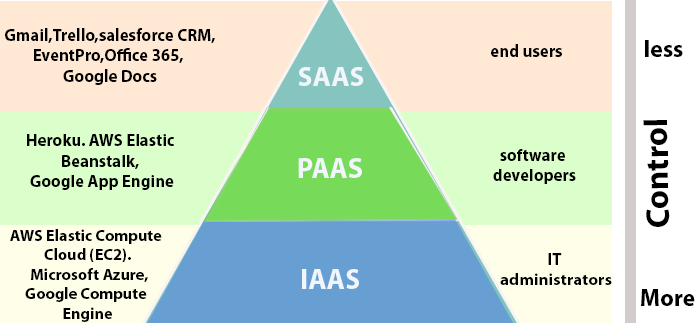
- Infrastructure as a Service (IaaS): In IaaS, we can rent IT infrastructures like servers and virtual machines (VMs), storage, networks, operating systems from a cloud service vendor. We can create VM running Windows or Linux and install anything we want on it. Using IaaS we get maximum flexibility. we need to put more effort into maintenance.
- Platform as a Service (PaaS): This service provides an on-demand environment for developing, testing, delivering, and managing software applications. The developer is responsible for the application, and the PaaS vendor provides the ability to deploy and run it.
- Software as a Service (SaaS): It provides a centrally hosted and managed software services to the end-users. It delivers software over the internet, on-demand, and typically on a subscription basis. Examples( Microsoft One Drive, Dropbox, WordPress, Office 365, and Amazon Kindle). SaaS is used to minimize the operational cost to the maximum extent.
History of Cloud Computing
The concept of Cloud Computing came into existence in the year 1950 with implementation of mainframe computers, accessible via thin/static clients. cloud computing has been evolved from static clients to dynamic ones and from software to services.
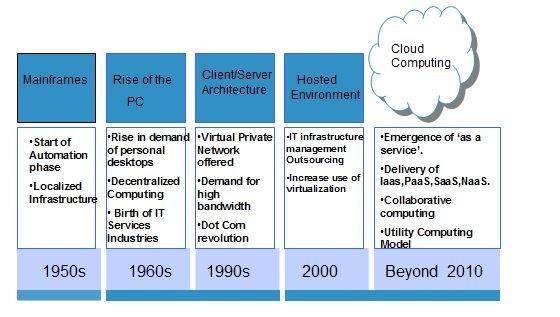
Benefits Of Cloud Computing
